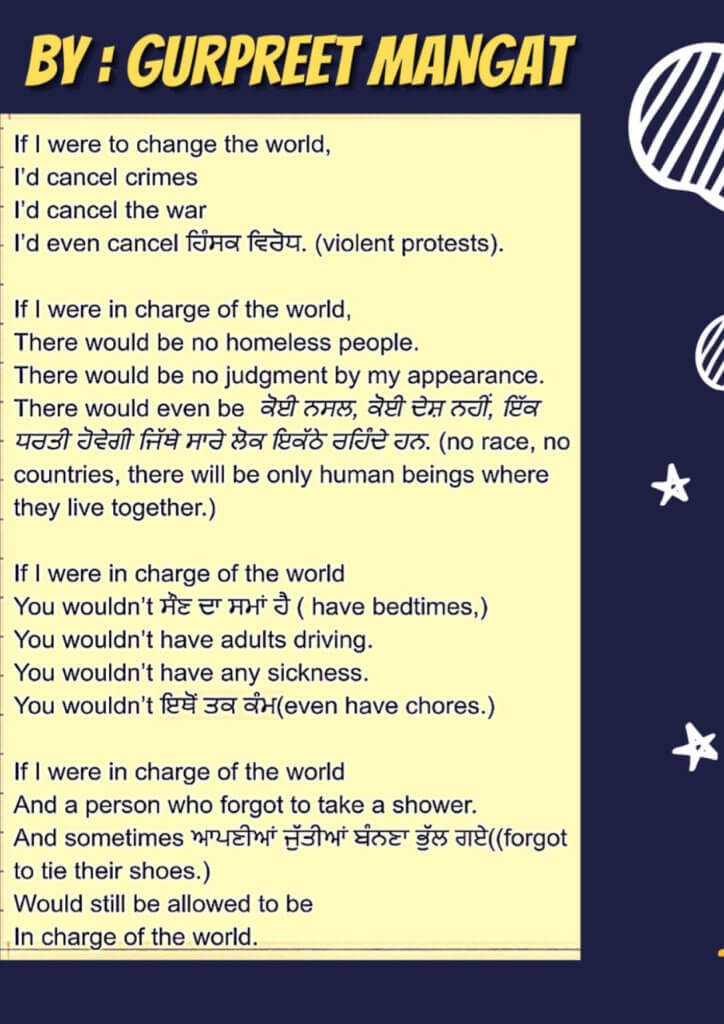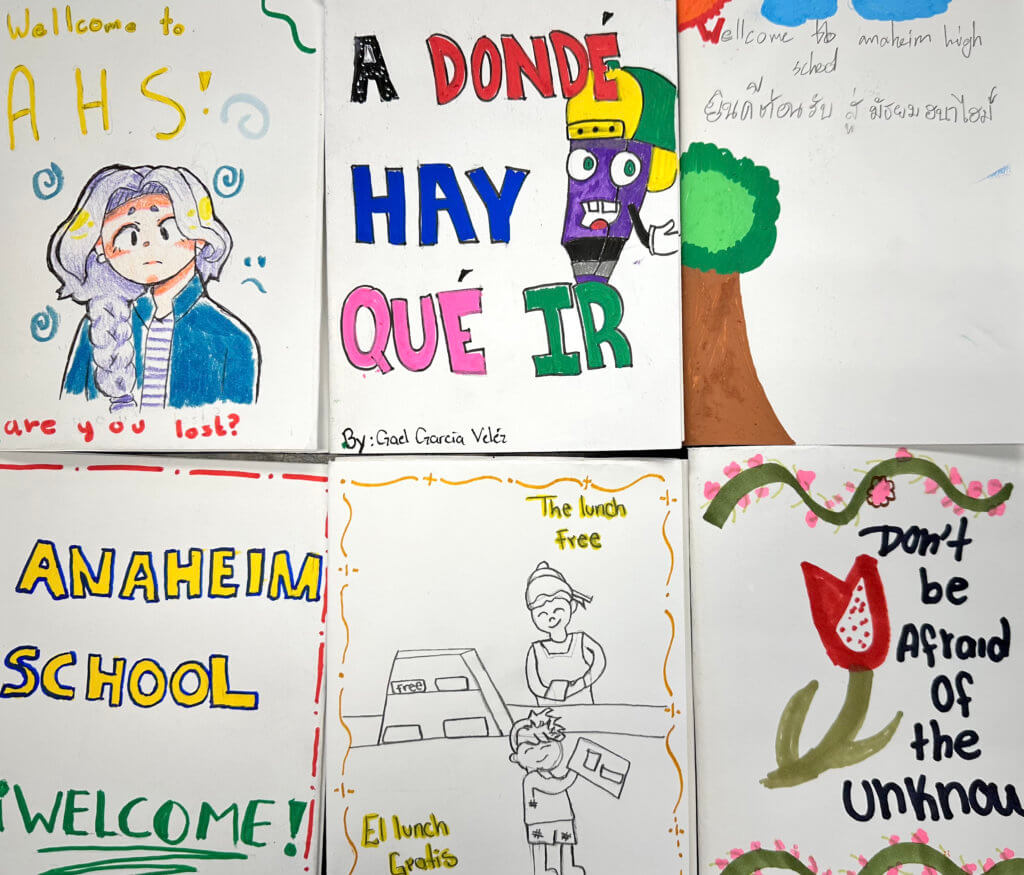
Alumnus and high school science teacher Juan Pablo García teaches students new to the U.S. educational system who speak Spanish, Thai, Portuguese and Farsi.
“Many newcomer students who recently arrived in this country have a difficult time adjusting to the new environment, both at home and school,” said García, who teaches biology and chemistry in English and Spanish at Anaheim High School.
“They had to leave their entire lives behind and start all over. This means establishing new friendships, navigating new spaces that may or may not support them, and understanding social norms and expectations.”
At Cal State Fullerton, secondary education professors Alison G. Dover and Fernando Rodríguez-Valls are at the forefront of preparing future teachers like García to teach newcomers — immigrant students who come from diverse countries and cultures and often are not proficient in English. Their mission is to disrupt practices that support English-only education.
“In the College of Education, we’re training our teacher candidates in just, equitable, inclusive and ant-racist practices,” Rodríguez-Valls said. “We’re teaching them to evaluate overt and hidden biases and how to eliminate barriers that limit newcomer students from fully using their linguistic repertoires and developing all their identities.”

In California, an estimated 2.5% of public school students are newcomers or students who have been in the U.S. for fewer than three years, Dover noted. Of these, 40% of students (about 2.3 million) speak a language other than English at home — representing speakers of more than 50 languages — yet monolingualism remains the norm within most schools.
“Newcomer students bring tremendous cultural and linguistic richness to our classrooms,” Dover said. “Our research focuses on how teachers and school districts can learn from and engage newcomers and emergent plurilingual students — multilingual students who are adding English to their linguistic repertoires.
The educators developed the Summer Language Academy and Saturday programs for newcomer students in partnership with four local school districts, including Anaheim Union High School District.
Since 2016, over 1,000 students from 23 countries who speak more than 14 languages have participated in the programs. The programs with AUHSD won Golden Bell awards from the California School Boards Association in 2019 and 2022.
Grounded in seven years of research, the educators turned their nationally recognized work into the book, “Radically Inclusive Teaching With Newcomer and Emergent Plurilingual Students: Braving Up.”
The 2022 book (Teachers College Press) offers a critical analysis and resources for the work teachers can and should do with newcomer and emergent bilingual students. While providing classroom and case studies, the book features multilingual poetry, narrative, artwork and graphic comics written by teachers and newcomer students.
“Nationwide school districts are looking for guidance and support and how to create systems and programs that draw from the linguistic richness of newcomer students,” Dover said.
The book was honored with the 2023 James N. Britton Award from the English Language Arts Teacher Educators-National Council of Teachers of English and the Ambassador Julian Nava Award for the Best Educational Themed Book from the International Latino Book Awards.

Despite California’s schools being the most linguistically diverse in the country, the educators argue that schools must change how they welcome, embrace and include newcomer students, Rodríguez-Valls said.
Dover relayed that their book emphasizes deep reflection by teachers and learners.
“We ask teachers to reflect upon their educational socialization and languaging journeys and how they can leverage their experiences as resources in the classroom,” she said.
The book’s companion website, Braving Up, includes resources, videos and examples to illustrate what radically inclusive teaching can look like and resources to support teaching and learning in plurilingual classrooms. Dover also discusses their research in the Teaching Multilingual Learners podcast.
As an education graduate student, García ’20, ’18 (M.S. education-secondary education, B.S. biological science, B.A. Spanish) had the opportunity to take courses that taught him strategies to support newcomer students. He also completed the single subject credential program to teach science and a bilingual authorization credential, and participated in the Summer Language Academy as a student teacher.
In his classroom, for example, García makes sure that course materials are available in the languages of newcomer students. These students also are paired with classmates so they don’t feel isolated from the rest of the class.
“I use many of the strategies I learned in my CSUF coursework in my class today and connect newcomer students to resources to meet their needs,” he said.